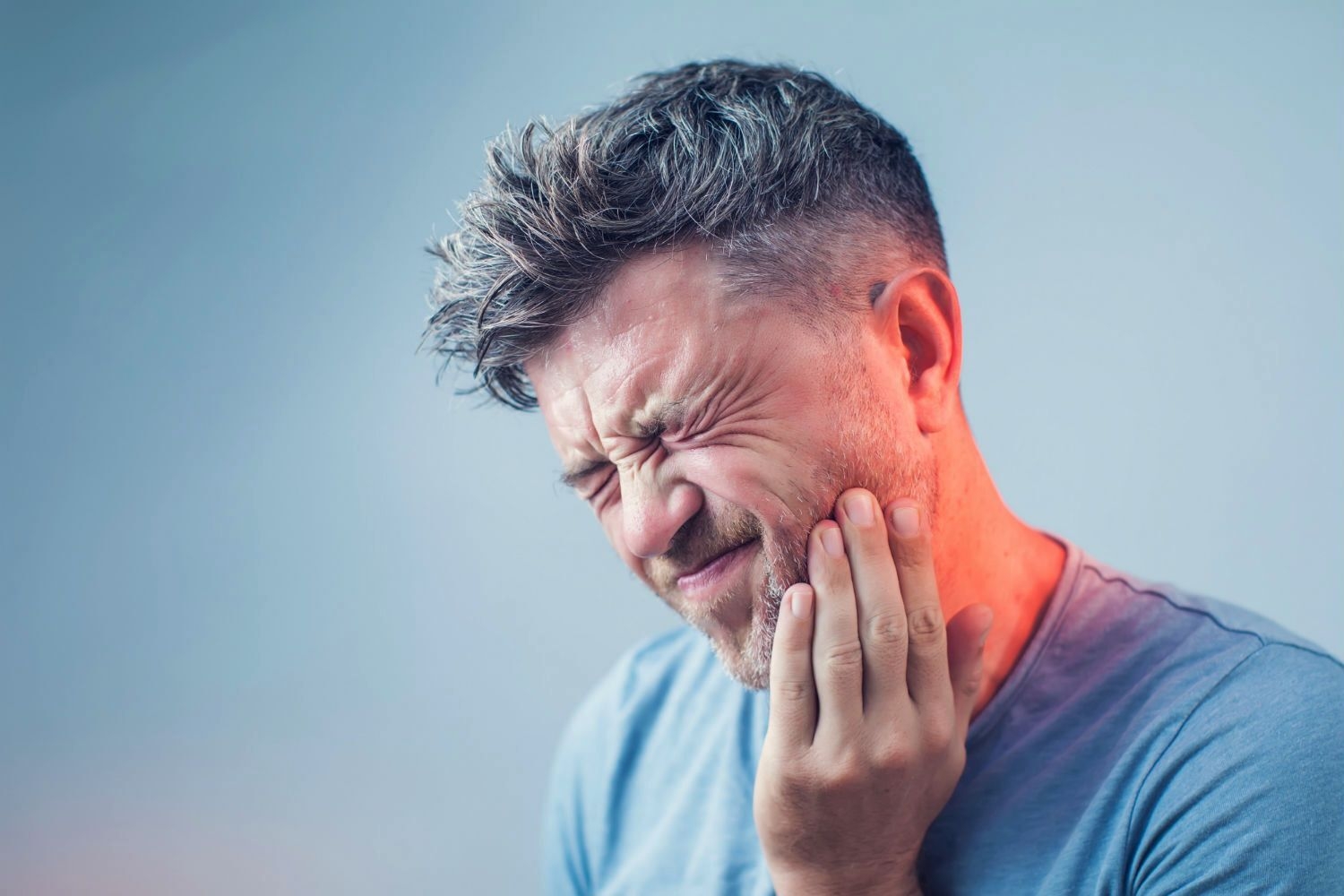Mouth Ulcers and Canker Sores - Causes and Treatments

That tingling, sharp, burning sensation is back, and you have another mouth ulcer or canker sore. But wait, aren't they the same thing? It is easy to see why people often confuse the two sores as they have several things in common; the difference is the root cause. Let's compare both varieties to understand better which sore is affecting you and how to treat it best.
Before we look at the typical run-of-the-mill mouth sore, here are a few symptoms that tell you it may be something more serious. Sores that are unusually large, irregularly shaped, or painful enough to stop you from eating and drinking can be of more concern and need to be immediately seen by a dentist or your primary care physician for further assessment and treatment options. The same holds true for a bleeding sore or one that does not heal within three weeks. The appearance of new sores before the old ones heal also triggers the need for urgent medical attention. A painless mouth sore needs to be seen ASAP as it is potentially much more serious. Dentists are familiar with all types of mouth sores and are the obvious choice for treatment, and they will refer you to the appropriate healthcare provider if necessary.
Back to the average, albeit annoying, painful, and inconvenient mouth sore and how to differentiate them and home remedies designed to keep you as comfortable as possible while they resolve.
A canker sore and mouth ulcer are both ordinarily round, light yellow in the middle, surrounded by a red ring caused by inflammation. Mouth ulcers are a result of an injury inside the mouth. Frequent origins of mouth ulcers are:
- Accidental biting on the inside of your cheek or tongue.
- Abrasions from metal braces.
- Burn from excessively hot food
- Sensitivities to acidic foods
- Aggressive tooth brushing resulting in injury
- Sodium lauryl sulfate in toothpaste or mouthwash
On the other hand, Canker sores are caused by several underlying reasons, such as:
- Emotional stress
- Lack of sleep
- Hormonal changes
- Bacterial, fungal, or viral infections
- B12 or folate deficiency These unwelcome sores can pop up at any time and develop anywhere in the mouth, including on the gums. The sores can range from mildly uncomfortable to so painful that they affect your eating, drinking, or speaking ability. Fortunately, some tried, and true home remedies can lessen either type of sores' discomfort and healing time.
A salt water mouth rinse made at home with a half cup of warm water plus one teaspoon of table salt fully dissolved promotes healing by reducing bacteria in the mouth. Don't be afraid to try it; it is not painful despite the salt. You would never pour salt directly on a wound, but salt water rinses are painless and have been used medicinally for centuries with great success.
Milk of Magnesia placed directly on the sore with a cotton swab several times a day is especially beneficial if done following the salt water rinse.
For severe pain, turn to an over-the-counter oral, topical pain reliever such as Camphor, Benzocaine, Lidocaine, or Orajel. Apply directly to the sore but be careful not to injure the area after it is numb accidentally.
Placing a wet tea bag directly over the affected area in your mouth several times a day is soothing and promotes healing. Some people report that this method reduces healing time to as little as 24 hours.
Create a thick paste by mixing baking soda with a small amount of water, then apply the mixture directly to the sore for pain relief. You may use this method can be used several times daily to keep you comfortable during the healing process.
We hope you have found this information helpful and that you find the relief you seek from the pain of a mouth sore. At Smile Craft Dental Studio, we are experts in oral health and are always available to treat mouth sores and other dental issues and to answer any of your dental questions. Call us today to make an appointment! We look forward to serving all of your dental health needs.
Hours
- Monday
- Tuesday
- Wednesday
- Thursday
- Friday
- Saturday
- Sunday
- 7am - 6pm
- 7am - 6pm
- 9am - 6pm
- 7am-6pm
- Appointment Only
- Closed
- Closed

Book An Appointment
Join our Smile Craft VIP list today!
Benefits include: Priority Booking, Free SmileCraft Gear, Special offers and discounts